|
Times are strange indeed when even sashiko class is cancelled because of coronavirus. But if you have to stay at home, what better way to pass the time and stay sane than by doing sashiko. It’s the perfect stressbuster, though I’m sure any sashikoist reading this doesn’t need me to tell you that. This is just another example of how you never know what life will throw up next. After the hiatus of last year I was happy to return to my regular sashiko class in January, but saddened to learn when I did that one of our classmates had recently passed away, at the age of 67. I remember Junko Takashi as quietly elegant, reserved but warm, and always simply and beautifully dressed. She often brought along clothes to show us that she had decorated with a touch of sashiko. In fact I think that was her forte. She confided in me once that she wasn’t much good at sewing—something we both had in common--and enjoyed looking for items of clothing to buy off the rack, that she could individualize with sashiko. I have seen many examples of how she did this on blouses, tunics and jackets. I wish I’d taken photos of them all. After combing through my photo collection, however, I did find a few samples of Junko’s work, which I put here now in memory of a sashiko friend. This cream tunic blouse has shippo tsunagi (seven treasures) on the right sleeve; vertical lines of free sticthing on the front for balance; and seigaiha (blue sea wave) and masu zashi (square measure) on the shoulder. A white blouse with tobi asanoha (scattered hemp leaf) on the front and a form of linked cross (juuji tsunagi) on the right shoulder Concentric circles in purples and showers of vertical lines below. Lovely. It's a pity the glass reflection blocks a better view, but this framed piece is all variations on ajisai (hydrangea). Masu zashi (square measure stitch). Imagine how much time it took to do this! And this! Hishi seigaiha (diamond blue sea wave). Last but not least, this beautiful kaki no ha (persimmon flower) cushion.
1 Comment
After writing in my last post about the exquisite kinchaku bag I received, I felt like revisiting a book in my collection featuring kinchaku and other bags. This book, called Sashiko no fukuro mono (Sashiko Bags - Amazon Japan affiliate link)), was published by Ondori in 1998 and written by Eiko Yoshida, who you may remember I mentioned before as being my teacher’s teacher. Eiko Yoshida (1922-2002) was born in Honjo, Akita prefecture, and helped created a boom in the revival of sashiko’s popularity in the late twentieth century. Akita sashiko is noted for the use of colorful thin silk thread and single cotton thread, and Eiko herself was apparently born into a family with a Japanese-style clothing business, so perhaps these factors combined account for the sense of style and design she is known for. Ei Rokusuke, a well-known writer, radio and TV personality used to wear a sashiko hanten (padded jacket) stitched by Eiko for stage appearances. You can certainly see an artistic and discerning aesthetic behind the designs featured in this book. She writes in the introduction (p.1): “I created sashiko bags with traditional Japanese patterns and a fresh sensibility. Items made according to the age-old practice of stitching indigo cotton with white thread have a soothing elegance. But these same traditional patterns can give rise to new expression through fabric, thread and design. The beautiful 20cm by 17cm drawstring bag pictured below is ample illustration of that. The next four pages then show 96 design variations for this same bag! The variation in sashiko patterns, colours and arrangements of designs is simply amazing. What a cornucopia to take inspiration from. I admit I haven’t made this bag, but the instructions given on page 36 don’t look too difficult. I make no guarantee, but a skilled seamstress would possibly be able to work out what to do from the diagrams even if you can’t read the Japanese. It requires a piece of cloth 52cm by 19cm, lining 42cm by 19cm, 100cm cord, and thread for the sashiko. If anybody does attempt it, please let me know. Only the design template for the bag pictured on page 1 is given, all the rest you would have to find for yourself, or even better, create your own! There are many other types of bags in this book – shoulder bags, handbags, glasses cases and various types of kinchaku – with to-die for designs and instructions for making (all in Japanese), and after flicking through it yet again, I can feel a bag fetish coming on.
|
Watts SashikoI love sashiko. I love its simplicity and complexity, I love looking at it, doing it, reading about it, and talking about it. Archives
September 2022
Categories
All
Sign up for the newsletter:
|


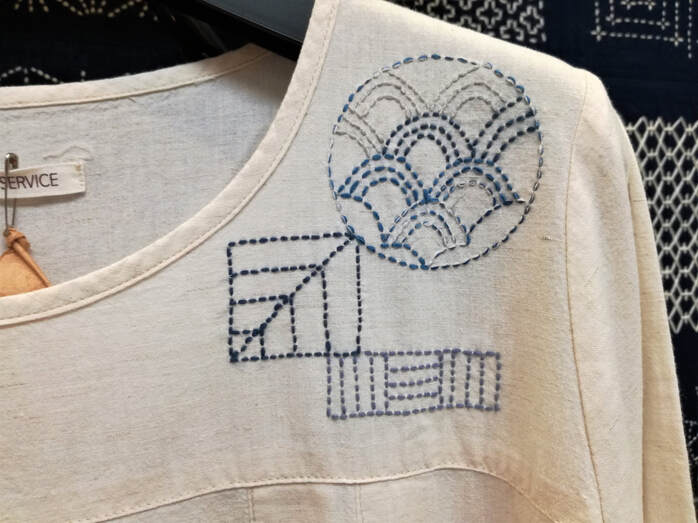
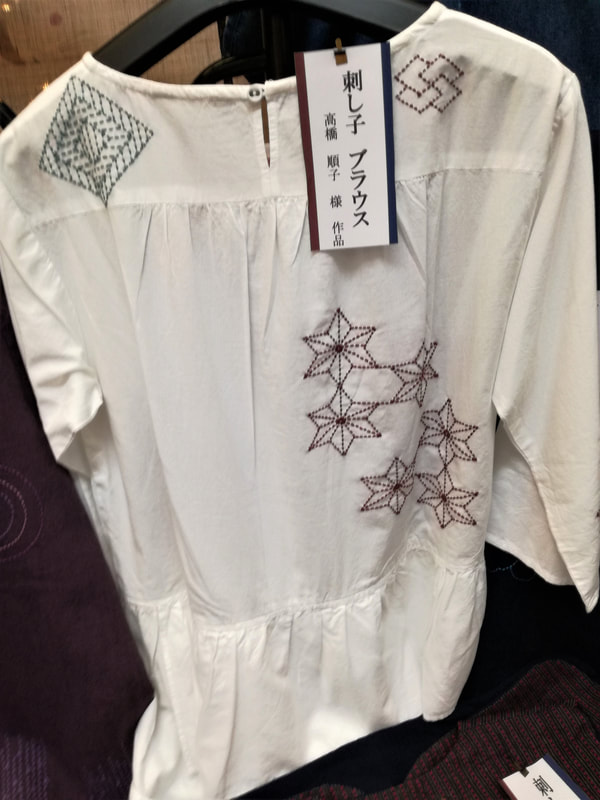
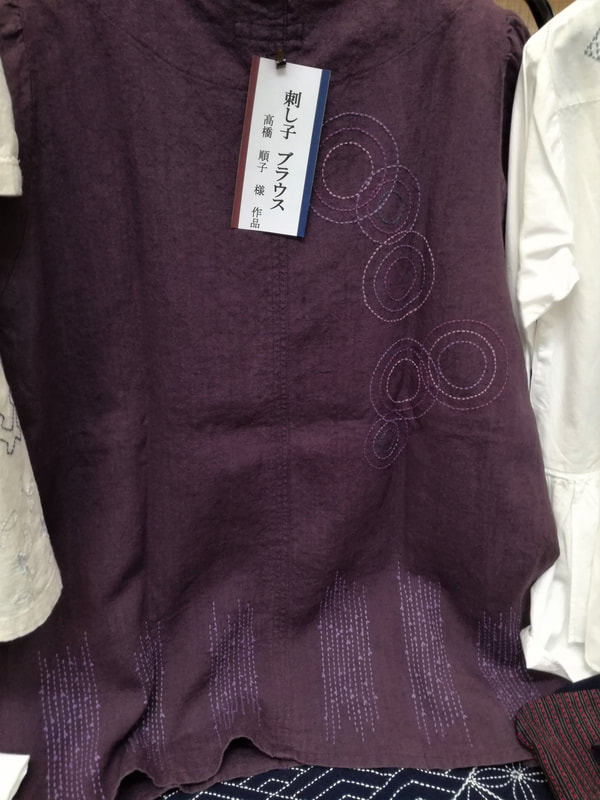


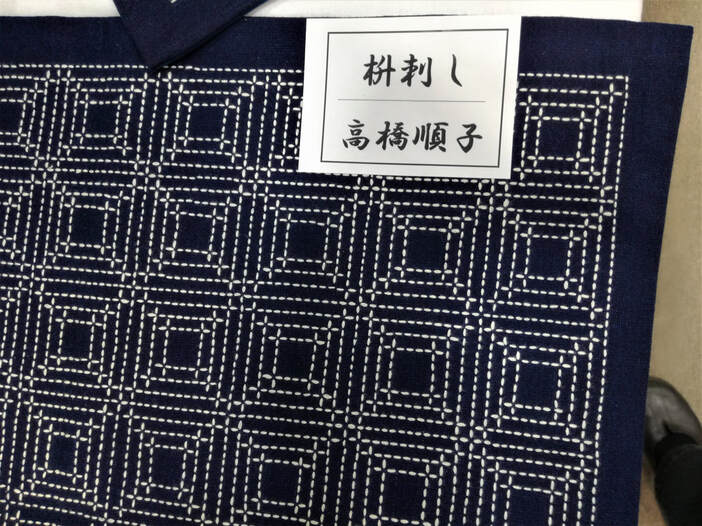


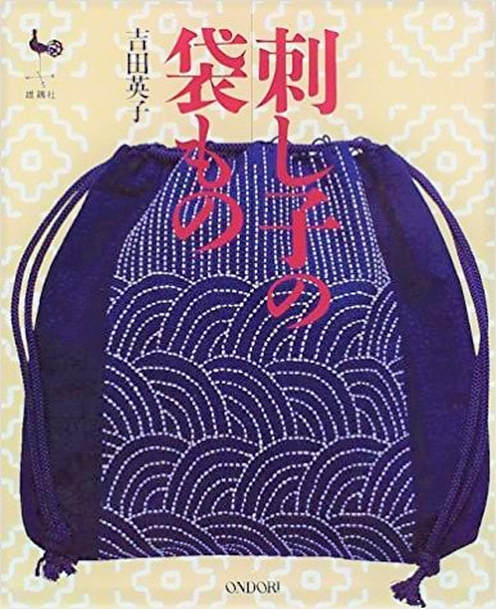
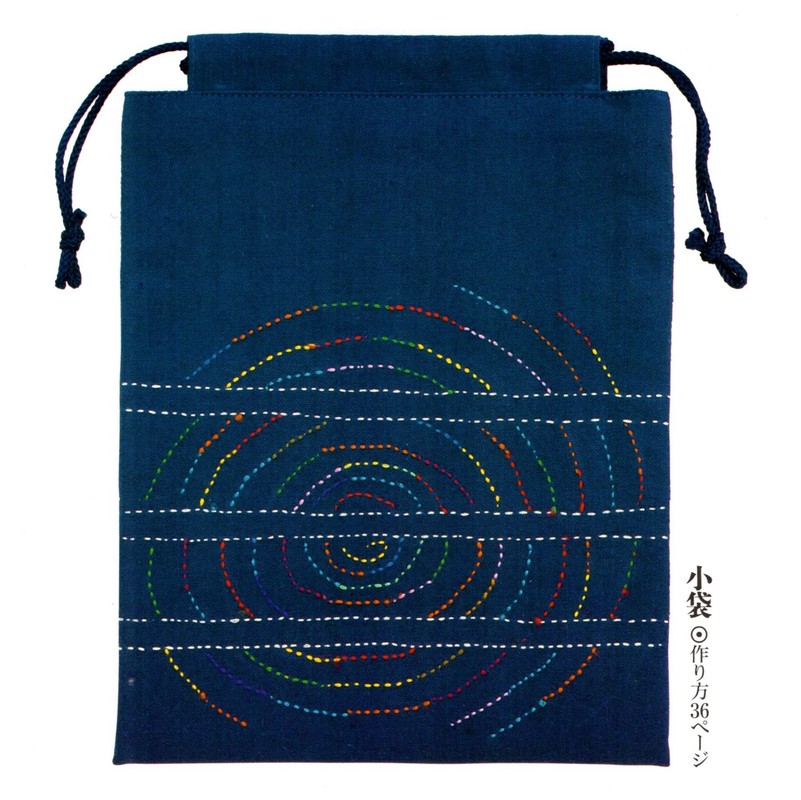
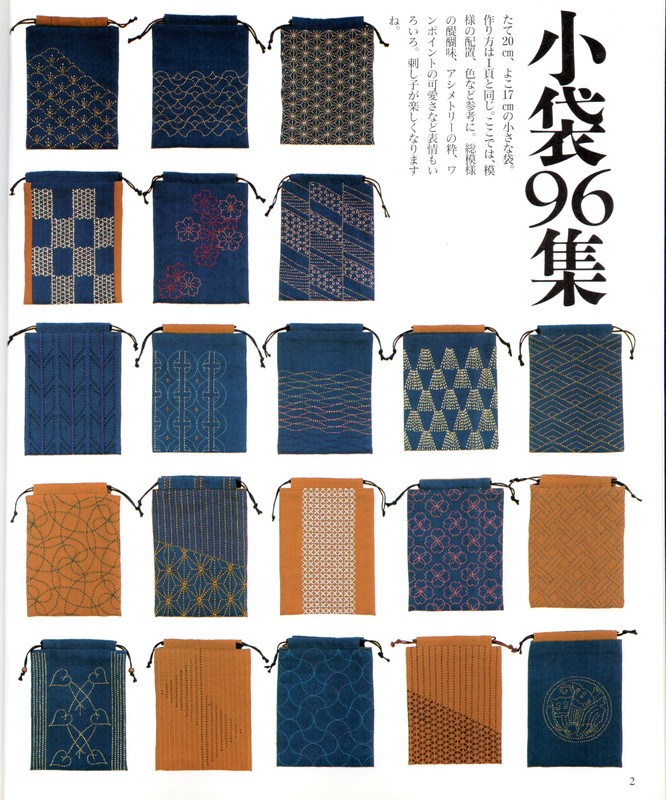
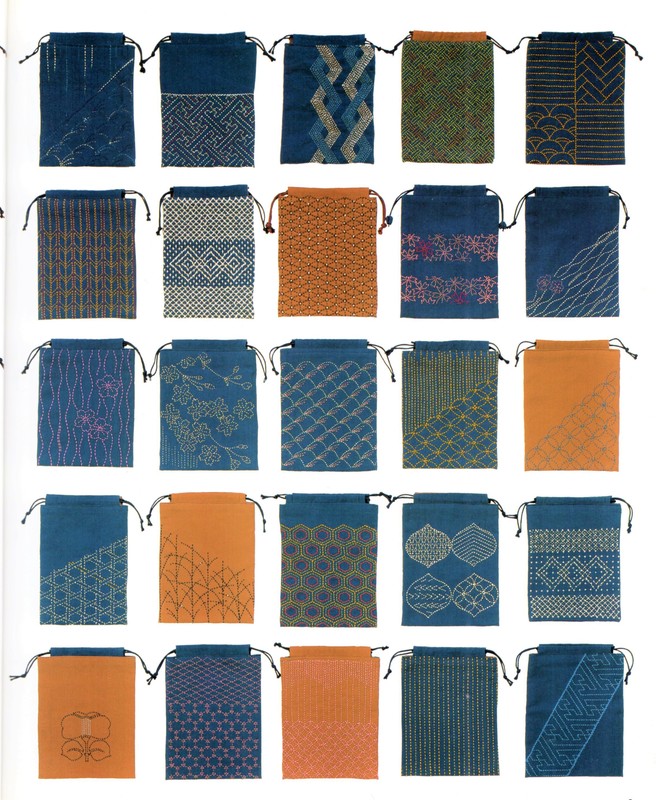
 RSS Feed
RSS Feed



